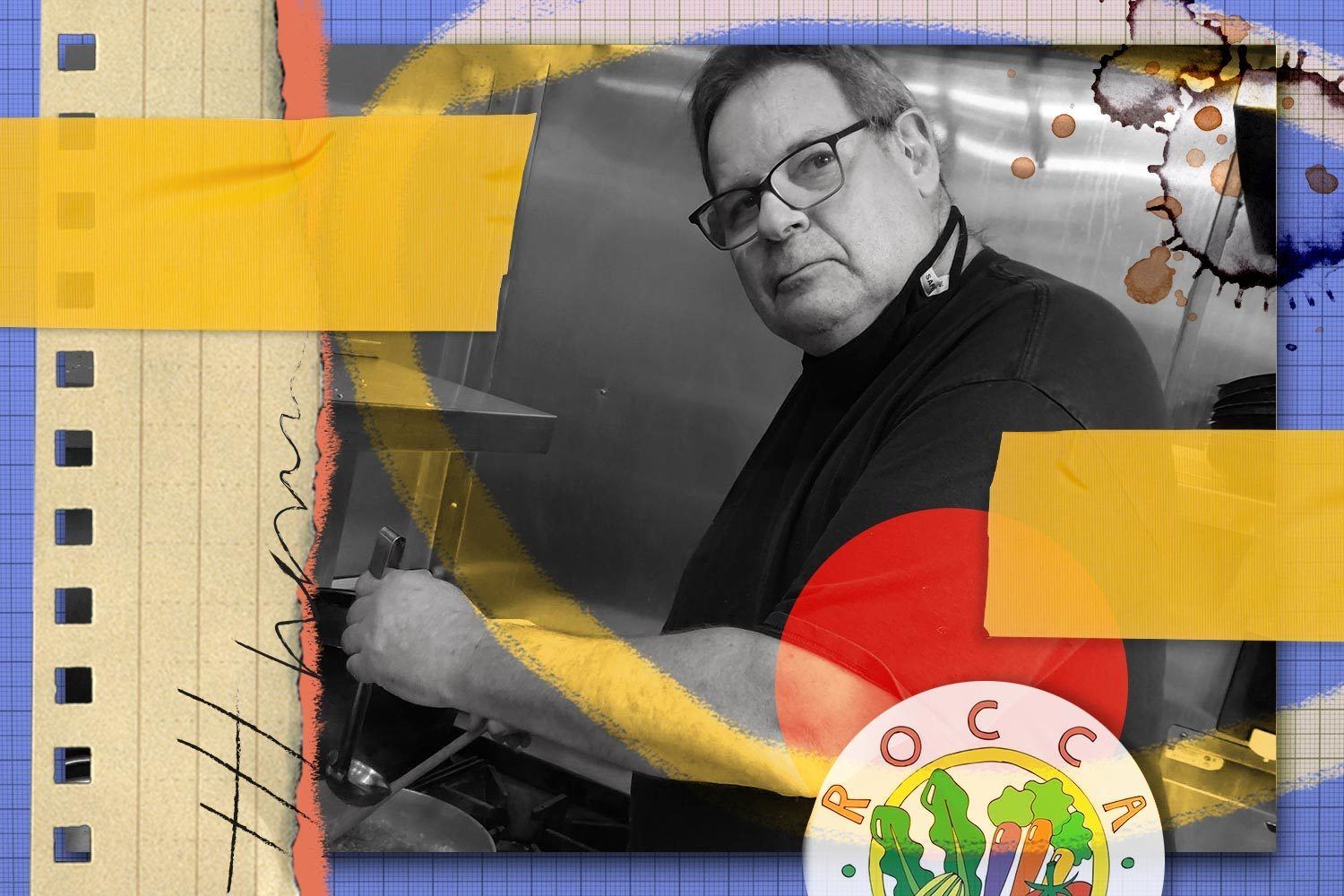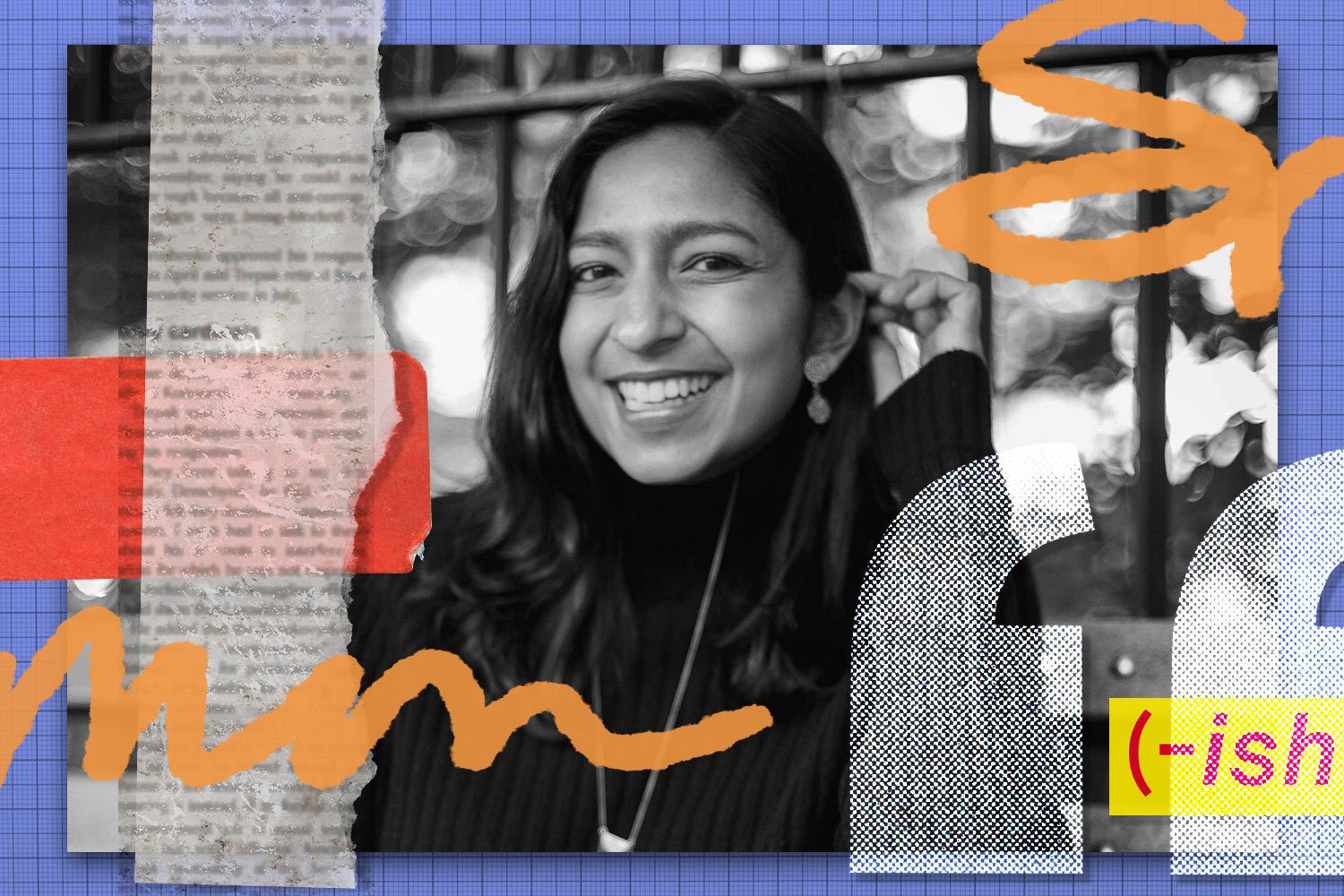
Portrait: Courtesy of Don Dickman, Collage: The Counter, iStock
When is a restaurant not a restaurant? When it’s an apartment-sized pop-up and a delivery route.
Don Dickman, a 65-year-old Los Angeles chef, has worked in restaurant kitchens since he was in college. He moved around a lot at the start on purpose, “to learn new things,” but in 2008 became the executive chef at Barbrix, a Mediterranean small-plate place on the east side of the city, and later, executive chef and partner in its Italian-focused sister restaurant, All’acqua. He was settled in—until Covid-19 set him adrift and forced him to redefine “chef.”
—
It’s January 2020 and everything’s going fine. I’m executive chef at Barbrix, and executive chef and partner at All’acqua, both of them owned by the same guy. Then all of a sudden it’s March 15 and we don’t know what to do. We don’t normally do take-out, but the owner says let’s give it a shot. He works sauté, I work the pizza oven, we had a dishwasher, and his brother could do delivery.
But I’m 65 years old, I’m a cancer survivor and I have the beginnings of COPD (chronic obstructive pulmonary disease), which could stay like this for 30 years or could get worse. I’m not a quitter, but I realized this was way more serious than we thought.
So I called after the third day and said I’m not coming back to work.
Right away my friends were saying ‘You should start cooking,’ and I thought hah, that’s stupid, I don’t know how that would work. But I’ve worked in restaurant kitchens since I was in college. I was the banquet manager at the Queen Mary, in charge of turning out 40 prime ribs all at once, all medium rare, on a Saturday night, and I had my own restaurant for five years, until my business partner passed away and I decided to close it up. I’m more than capable. So I look up Jay, who also worked at All’acqua, who’s also doing nothing, and his wife is part of a humongous neighborhood mom group, so we figure why not try it. They’ll be my partners to help bring in customers.

Chef Don Dickman, right, explaining his new menu to employees at Matteo’s, a legendary Los Angeles restaurant, in November, 2006.
I decided to call it Rocca Pop-up after my old restaurant, even though that place was Italian and this wasn’t. It’s a good name, easy to pronounce. The city gave us $4,500 to get started, and we took two months to figure it out.
I don’t want people to have to cook things, so it’s not meal kits, it’s meals to reheat, not fancy but above standard fried chicken and mac and cheese, which seems everyone is doing, even fancy restaurants that don’t know what to do for take-out. Can’t do pasta because it doesn’t travel well.
We started the last week of July with a set three-course menu: tomato gazpacho, chicken with potatoes and mushrooms, roasted squash and a chocolate rye brownie, $30 per person because I was afraid of making it too expensive. That first week, we sold 30 orders. The next week we made it $35. Then it was $45 for a starter, a meat or seafood main course, a veg side and dessert, with special meals for holidays: Valentine’s Day, Passover. We didn’t offer choices at first, but a lot of people who order are young couples and they’re screaming for vegetarian stuff, so after a month we offer a protein or a vegetarian main course. We did it for a month but hardly anyone’s ordering vegetarian—it’s like at a restaurant, people scream for it and then don’t order it.
It’s meals to reheat, not fancy but above standard fried chicken and mac and cheese, which seems everyone is doing, even fancy restaurants that don’t know what to do for take-out.
Screw it, I said. Let’s do a meat and a seafood main course and a veg side order, so we switched. Boom, we sell like crazy.
At the start I didn’t want to say no to anyone, so I’d try to make 32 or 33 orders, but I can’t do it. I don’t have the space in my kitchen. So we cut it off at 25 max, and that way I can ensure I do it well.
The first week the instructions were just ‘Put it in the oven for five minutes,’ that was it. Then I started embellishing, and I’m getting responses like ‘That’s so entertaining, it’s like being in a restaurant.’ So I kept it up. And we add some good olive oil and Maldon salt to finish things up.
The price increases were controversial with everyone I knew, even my sister said, ‘No, you’re going to lose customers.’ But I said we were going to do it. Our food is too good. I’m using a $20 bottle of olive oil, organic as much as I can, prime meats. It’s still cheaper than what a lot of restaurants are doing.
I kind of miss the pop-up because we created a style out of nothing. We did great things, considering the circumstances. But I can still kick butt in a restaurant.
Besides, we deliver, for free. It’s this side of town only, me and Jay, just the two of us. So you don’t pay delivery, don’t pay tax, no valet parking, and guess what, my food is better than most of the stuff out there. One of my customers said, ‘I don’t have to get dressed up, I can eat whenever I want, I can get a wine delivery and don’t have to pay triple mark-up like I do at a restaurant—and it’s good.’
I couldn’t make a full living at this, though, that was an issue. Once I was fully vaccinated I started work as a consultant to two restaurants that needed help setting up. At first I said I’d work Sunday through Wednesday. Thursday, Friday and Saturday were for Rocca, no problem. I felt like there was a looming possibility: I read articles about pop-ups that use existing restaurant kitchens that have down-time, so I wouldn’t have to invest anything, just give the restaurant a cut of sales. That’s a real interesting scenario. And I think there’s a niche for what I was doing, even as restaurants re-open. I mean, some pop-ups won’t make it, but some are definitely going to stay.
But then I got offered the chance to be the chef at one of the restaurants where I was consulting, develop the menu, run a kitchen again and make a salary. So I had to shut down the pop-up and start working full-time again.
I kind of miss the pop-up because we created a style out of nothing. We did great things, considering the circumstances. But I can still kick butt in a restaurant. Maybe not as much, but still.







